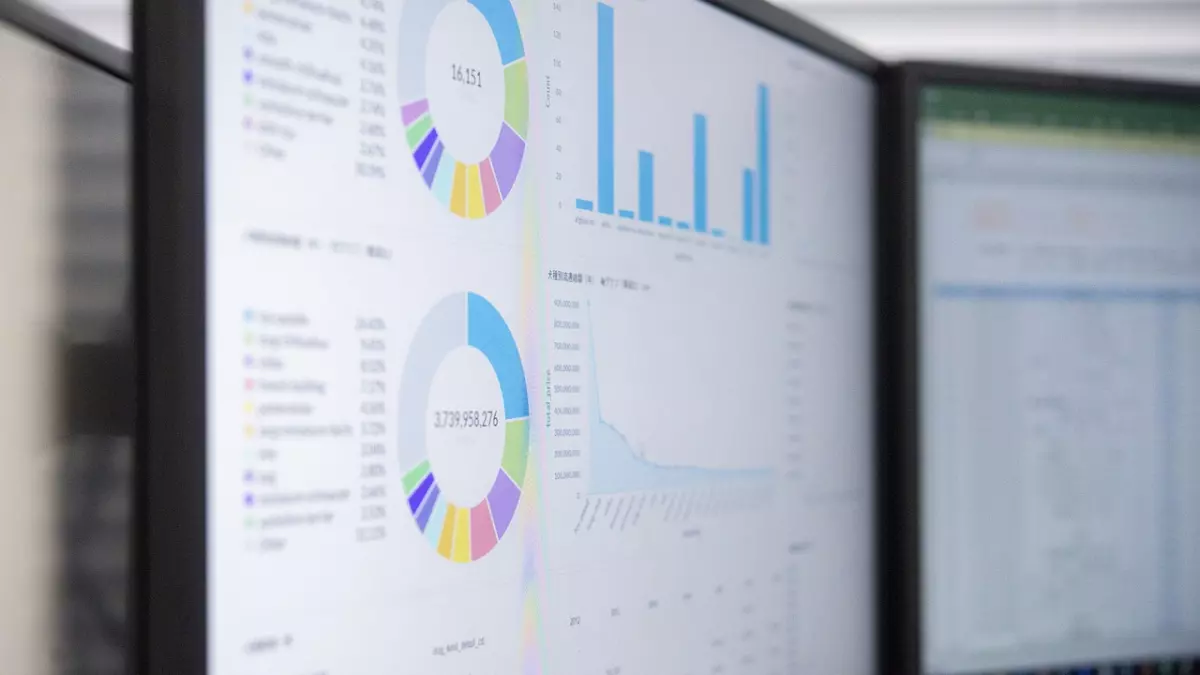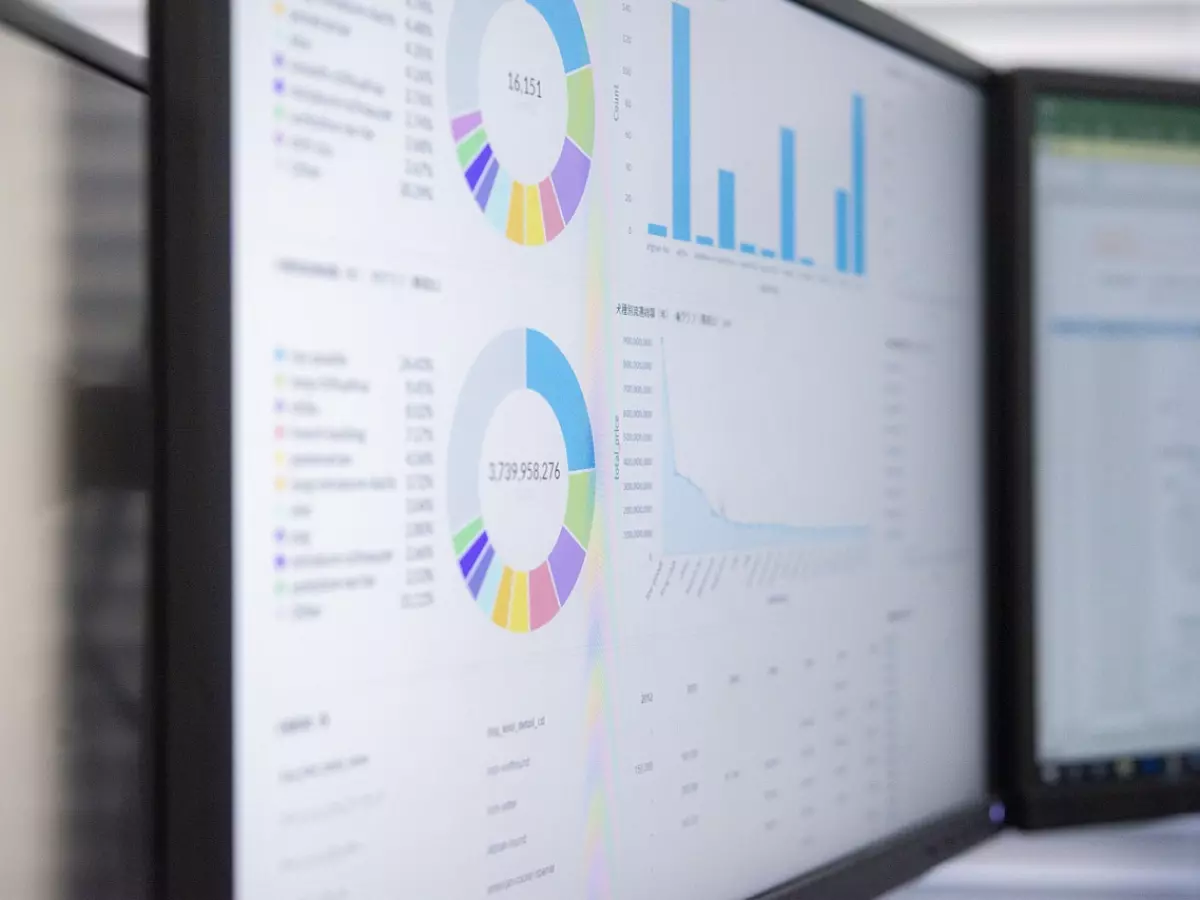Frameworks that Matter
“Without big data, you are blind and deaf and in the middle of a freeway.” — Geoffrey Moore

By Priya Mehta
Imagine you're trying to navigate a massive, ever-expanding library with no catalog system. Sounds chaotic, right? Well, that’s what managing big data feels like without the right data processing framework. The sheer volume, variety, and velocity of data can overwhelm even the most seasoned data professionals. But, just like a well-organized library, the right framework can make all the difference.
In the world of big data, processing frameworks are the backbone of efficient data management. They help you organize, process, and analyze massive datasets, turning chaos into clarity. But with so many options out there, how do you choose the right one? Let’s break down five essential data processing frameworks that can help you tame the big data beast.
1. Apache Hadoop: The OG of Big Data
When it comes to big data, Apache Hadoop is the granddaddy of them all. This open-source framework has been around for over a decade and remains a go-to for distributed storage and processing. Hadoop’s strength lies in its ability to handle large datasets across clusters of computers, making it ideal for batch processing.
Hadoop’s ecosystem includes tools like HDFS (Hadoop Distributed File System) for storage and MapReduce for processing. It’s robust, scalable, and can handle both structured and unstructured data. However, it’s not the fastest kid on the block, especially when it comes to real-time processing.
2. Apache Spark: The Speed Demon
If Hadoop is the reliable old truck, then Apache Spark is the sleek sports car. Spark is designed for speed, offering in-memory processing that’s up to 100 times faster than Hadoop’s MapReduce. It’s perfect for real-time data processing and analytics, making it a favorite for machine learning and data streaming applications.
Spark also integrates well with Hadoop, so you can use it to turbocharge your existing Hadoop setup. Its flexibility and speed make it a top choice for data engineers who need to process large datasets quickly.
3. Apache Flink: The Stream Processing Prodigy
Apache Flink is like the cool, younger sibling of Spark. It’s built for stream processing, meaning it can handle data in real-time as it flows in. Flink is highly efficient for event-driven applications, like fraud detection or real-time analytics, where you need to process data as soon as it’s generated.
Flink’s ability to handle both batch and stream processing makes it a versatile choice for big data projects. It’s also known for its fault tolerance and scalability, making it a solid option for mission-critical applications.
4. Apache Beam: The Unifier
Apache Beam is the Switzerland of data processing frameworks—it’s neutral and works with everyone. Beam provides a unified programming model that allows you to run your data pipelines on multiple processing engines, including Hadoop, Spark, and Flink.
Beam’s strength lies in its flexibility. You can write your data pipelines once and then choose the best processing engine for the job. It’s a great option if you want to future-proof your big data architecture or if you’re working in a multi-cloud environment.
5. Dask: The Pythonic Powerhouse
If you’re a fan of Python (and who isn’t these days?), Dask might be your new best friend. Dask is a flexible parallel computing library that integrates seamlessly with Python’s data science stack, including pandas, NumPy, and scikit-learn.
Dask allows you to scale your Python workflows to handle larger datasets without having to switch to a completely new framework. It’s perfect for data scientists and engineers who are already comfortable with Python and want to stick with it for big data processing.
Which Framework Is Right for You?
Choosing the right data processing framework depends on your specific needs. If you’re dealing with massive datasets and need distributed storage, Hadoop is still a solid choice. For real-time processing and speed, Spark or Flink are your best bets. If you want flexibility and the ability to switch between engines, Beam is the way to go. And if you’re a Python enthusiast, Dask will feel like home.
Ultimately, the best framework is the one that aligns with your project’s goals and your team’s expertise. So, take the time to evaluate your needs and choose wisely.
“The goal is to turn data into information, and information into insight.” — Carly Fiorina





